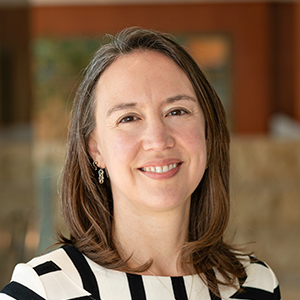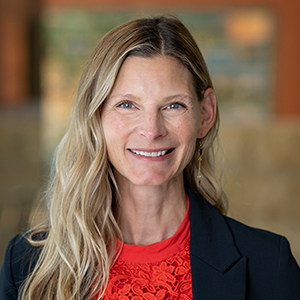How can a worker who feels stuck in a low-wage job or whose job becomes obsolete start building a career with potential? For many workers without a college degree, the opportunities to earn higher wages and achieve career advancement are limited. Analysis of a randomized controlled trial of WorkAdvance, a workforce development program, by Institute advisor Lawrence Katz and colleagues shows that training programs can help workers land better jobs if the programs offer training in the skills that employers in growing industries want and the supports that employees making big transitions need to succeed. Let's see how the pieces fit together.

Move out of low-paying job
Concentrated in industries like retail and food services, workers without a college degree saw their median inflation-adjusted salaries stagnate between 2000 and 2019, growing by a paltry 0.2%.


Develop skills for growth industries
Participants complete career readiness and occupational training for industries with strong local labor demand and the potential for long-term advancement. Structured training quadruples the share of workers who earn a credential.


Land a new job and earn more
Training programs double the number of workers who move into the industries targeted by the program, such as information technology and medical billing. These workers drive a 13% increase in average wages compared with the control group.


Keep the momentum
Higher wages last for at least three years. Counselors contribute to this success by supporting workers dealing with challenges like child care or transportation and by helping employers fairly evaluate their new employees.
Sources: Lawrence F. Katz, Jonathan Roth, Richard Hendra, and Kelsey Schaberg, “Why Do Sectoral Employment Programs Work? Lessons from WorkAdvance,” working paper (2020). Richard Hendra, David H. Greenberg, Gayle Hamilton, Ari Oppenheim, Alexandra Pennington, Kelsey Schaberg, and Betsy L. Tessler, “Encouraging Evidence on a Sector-Focused Advancement Strategy: Two-Year Impacts from the WorkAdvance Demonstration,” MDRC report (2016). Kelly Schaberg, “Meeting the Needs of Job Seekers and Employers,” MDRC report (2020)
This article is featured in the Fall 2021 issue of For All, the magazine of the Opportunity & Inclusive Growth Institute
Lisa Camner McKay is a senior writer with the Opportunity & Inclusive Growth Institute at the Minneapolis Fed. In this role, she creates content for diverse audiences in support of the Institute’s policy and research work.
Related Content
Related Content







